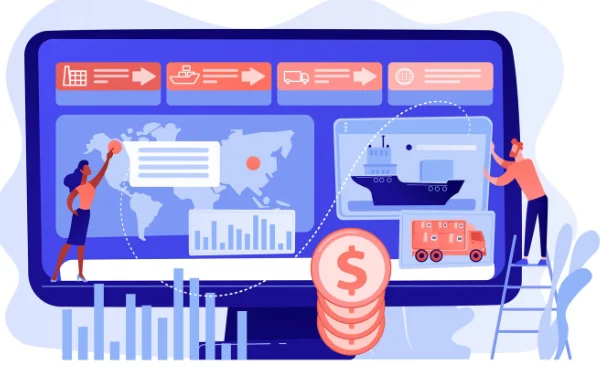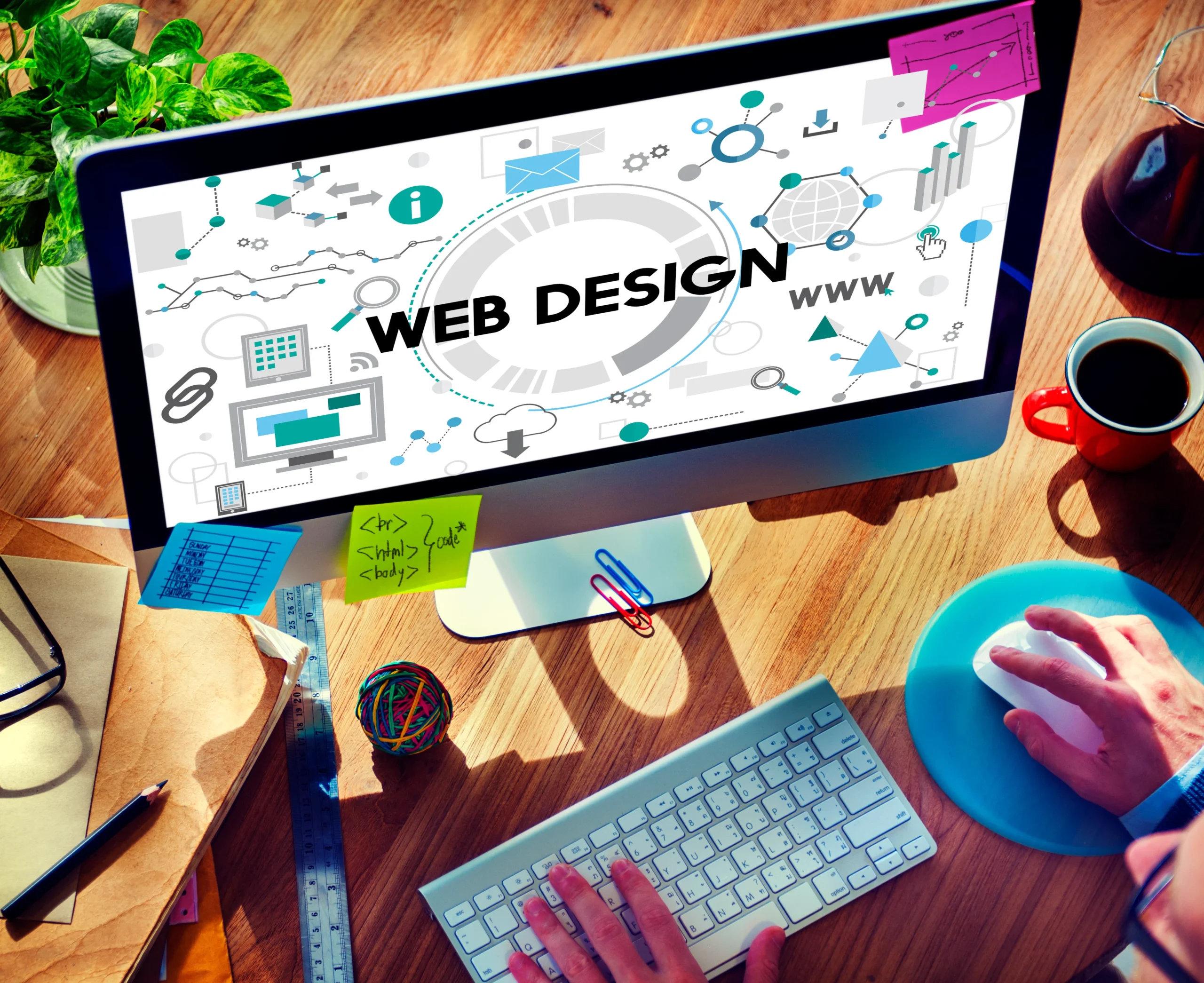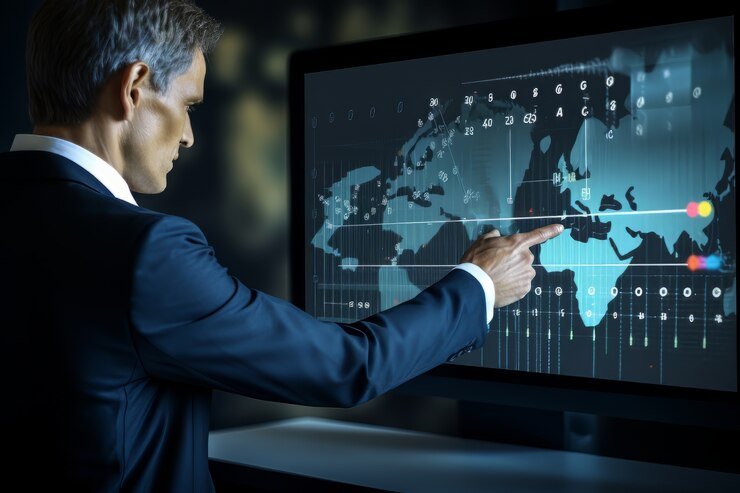Container shipping used to be simple. Or at least, simpler. You loaded a box, slapped on a manifest, and hoped it got where it needed to go. But that was then. Now? It’s a whole different beast.
In 2025, software isn’t just part of the shipping process. It is the process.
From Steel Boxes to Smart Systems
Let’s start with the obvious. Containers aren’t just metal boxes anymore. They’re data points. Moving nodes in a global network. And the software behind them? It’s doing the heavy lifting.
Modern container shipping software, for instance, has gone way beyond “location updates.” These systems now monitor temperature, humidity, shock, and even tampering, all in real time. That’s not just helpful. That’s critical. Especially when you’re moving perishables, electronics, or pharma.
And it’s not just about knowing where your stuff is. It’s about knowing what’s happening to it while it’s en route.
Software Is the New Captain
Shipping routes were once planned by people using maps and weather reports. Now? AI does it better. Algorithms crunch data from ocean currents, port congestion, fuel consumption, and weather forecasts, all at once. The result? Smarter routes, fewer delays, and lower emissions.
One European carrier shaved off 12% in fuel costs just by switching to AI-based route optimization. That’s not a tweak. That’s a transformation.
And it’s not just the ships. Ports are getting smarter, too. Cranes that know what to load before the ship docks. Yard systems that allocate space dynamically. Autonomous vehicles are moving containers without human input. It’s happening. Right now.
The Invisible Backbone: APIs and Integration
Behind all the flashy tech, sensors, AI, and automation, there’s something less glamorous but just as vital: integration.
Modern software development in shipping is all about APIs. Systems talking to each other. Container tracking software feeds data into warehouse platforms. Customs systems syncing with carrier databases. It’s a web of connections, and it’s growing fast.
Without seamless integration, all that data is just noise. But with it? You get visibility. Control. Speed.
Predictive Maintenance — Fix It Before It Breaks
Here’s something that doesn’t get enough attention: maintenance. Ships are massive machines. When something breaks, it’s expensive. And slow.
Modern software now utilizes predictive analytics to identify issues before they occur. Thousands of sensors feed data into digital twins, virtual replicas of ship components. If a pump’s about to fail, the system knows. And it tells you.
That means fewer breakdowns. Less downtime. More reliability.
Container Tracking Software: A Compact Strategy
Let’s zoom in on container tracking software for a second. In 2025, it’s not just a dashboard. It’s a strategic asset.
Companies using advanced tracking systems are seeing up to 20% improvements in logistics efficiency. That’s because the software doesn’t just show you where your container is. It helps you plan around it.
Need to reroute a shipment because of a port strike? The system can suggest alternatives. Want to avoid spoilage in a heatwave? The sensors will warn you. Trying to meet compliance standards? The software logs everything automatically.
And with blockchain integration, the data is tamper-proof. Customs loves that. So do insurers.
Smart Ports, Smarter Ships
Ports used to be bottlenecks. Now they’re becoming hubs of automation. Digital twins simulate entire port operations. AI systems manage berth allocations, forecast congestion, and optimize crane movements.
Ships, meanwhile, are inching toward autonomy. Not fully crewless yet, but close. Semi-autonomous navigation systems handle routine tasks, collision avoidance, and positioning. That frees up human crews to focus on emergencies and complex decisions.
And yes, it’s safer, especially with fewer errors and better outcomes.
The Human Factor Still Matters
All this tech is great. But it doesn’t run itself. Software development in shipping still needs people. Developers. Analysts. Engineers. Operators.
The challenge? Bridging the skills gap. Many shipping companies are still catching up. Legacy systems, outdated workflows, resistance to change, it’s real. But the ones that invest in training, in digital culture, in modern platforms? They’re pulling ahead.
Software Is the Ship
In 2025, software isn’t just supporting container shipping. It’s steering it.
From tracking to routing, from maintenance to compliance, every part of the journey is touched by code. And the companies that understand that? They’re not just surviving. They’re thriving.
So, if you’re still treating software like an add-on, maybe it’s time to rethink. Because in this industry, the future isn’t built with steel. It’s built with data.



